
Rainbow Islands: The Story of Bubble Bobble 2 (レインボーアイランド) is a 1987 arcade video game developed and published by Taito, with the arcade version licensed to Romstar for North American manufacturing and distribution. The game is the sequel to Bubble Bobble from the previous year, and it is the second of four arcade games in the series. The game was ported to home computers and home video game consoles.

The Aladdin Deck Enhancer is a system-enhancing adaptor to use Compact Cartridges on the Nintendo Entertainment System. It was produced by Camerica and developed by Codemasters but not licensed by Nintendo. It is similar to the Datach system for the Famicom, but without the Barcode feature. It was released in November 1992, with its planned library to reach a total 24 games by the end of 1993. However, only seven games were actually released. The device had low sales and Camerica went bankrupt in 1993.
Andrew Nicholas Oliver and Philip Edward Oliver, together known as the Oliver Twins, are British twin brothers and video game designers.
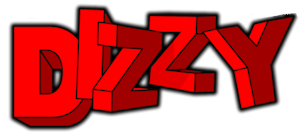
Dizzy is a series of video games, created by the Oliver Twins and published by Codemasters. It was one of the most successful British video game franchises of the late 1980s and early 1990s. Originally created for the ZX Spectrum and Amstrad CPC, the series appeared on multiple home computer and video game console formats, with over a dozen games being published between 1987 and 1992.
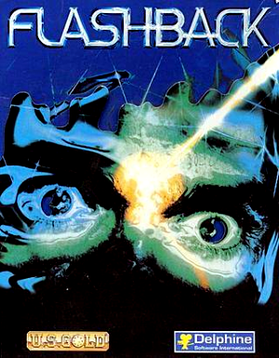
Flashback, released as Flashback: The Quest for Identity in the United States, is a 1992 science fiction cinematic platform game developed by Delphine Software of France and published by U.S. Gold in the United States and Europe, and Sunsoft in Japan.

Landstalker: The Treasures of King Nole is an action-adventure game that was developed by Climax Entertainment and released for the Sega Genesis in 1992 in Japan and 1993 elsewhere. Players take on the role of the treasure hunter Nigel as he navigates a three-dimensional world through an isometric viewpoint, solving puzzles and fighting enemies.
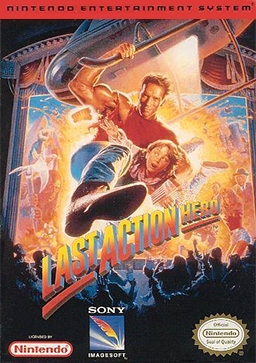
Last Action Hero is a series of action video games based on the 1993 film of the same name. Versions were released for the NES, Super NES, Sega Genesis, Game Boy, Game Gear, and MS-DOS. Versions were also planned for the Sega CD and Master System, but ultimately were not released.
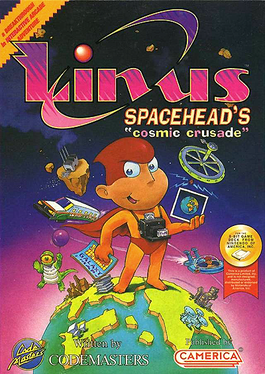
Linus Spacehead's Cosmic Crusade is a video game released in 1992 by Codemasters for the Nintendo Entertainment System. A remake of the game, retitled Cosmic Spacehead, was released in 1993 for Amiga, MS-DOS, Game Gear, Master System, and Genesis. The game features adventure elements, with locations connected by platform sections.

Krusty's Fun House is a puzzle video game based on the animated sitcom The Simpsons.

FIFA International Soccer is a 1993 association football video game developed by EA Canada's Extended Play Productions team and published by Electronic Arts. The game was released for the Sega Mega Drive/Genesis console in December 1993 and ported to numerous other systems in 1994. It is the first game in the FIFA series.
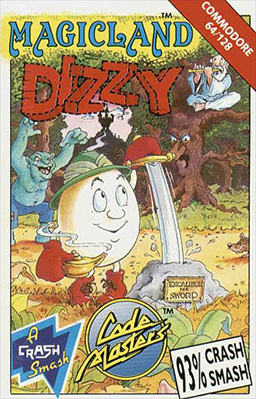
Magicland Dizzy is a platform adventure game published in Europe in 1990 by Codemasters for the ZX Spectrum, Commodore 64 and Amiga platforms. By 1992 there were also MS-DOS, Atari ST and Amstrad CPC versions available. It is the sixth game in the Dizzy series, and the fourth adventure-based Dizzy title. The story, set in a fantasy world called Magicland, follows on from the events of Fantasy World Dizzy, the previous adventure title. In Magicland Dizzy the player controls Dizzy, an egg-shaped character, who is trying to save six of his friends who have been placed under spells by the Evil Wizard Zaks.
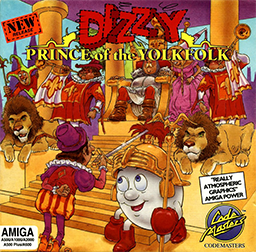
Dizzy: Prince of the Yolkfolk is an adventure video game published in December 1991 by Codemasters for the Amstrad CPC, Atari ST, Commodore 64, ZX Spectrum, MS-DOS, NES and Amiga. It was the sixth game in the Dizzy adventure series. Initially it was only released as part of the Dizzy's Excellent Adventures compilation. The creators of the series, the Oliver Twins, outsourced the video game company Big Red Software to design and develop the game. The game interface and mechanics resemble those of Magicland Dizzy, discarding changes introduced in the fifth game.

The Excellent Dizzy Collection is a video game compilation published by Codemasters in November 1993. The title includes three stand alone games, based on the video game character Dizzy created by the Oliver Twins. The compilation contains, Dizzy the Adventurer, Panic Dizzy and the previously unreleased Go! Dizzy Go! Ports were slated for release in January 1994 for Master System and Mega Drive, but only the Game Gear version saw release, and only in PAL regions.

There have been several video games based on the 1991 film Hook. A side-scrolling platform game for the Nintendo Entertainment System (NES) and Game Boy was released in the United States in February 1992. Subsequent side-scrolling platform games were released for the Commodore 64 and the Super Nintendo Entertainment System (SNES), and an arcade beat ‘em up by Irem later in 1992, followed by versions for the Sega CD, Sega Genesis, and Sega's handheld Game Gear console in 1993.

Bubba 'n' Stix is a side-scrolling platform game for the Sega Genesis, Amiga and CD32 developed and released by Core Design. The Genesis version was released by Tengen in the United States and featured a promotional tie-in with the Bubblicious bubble gum brand.

The Addams Family is a platform game based on the 1991 film of the same name and developed and published by Ocean Software. It was released for home consoles such as the Super Nintendo Entertainment System, computers such as the Amiga, and handheld consoles like the Game Boy.
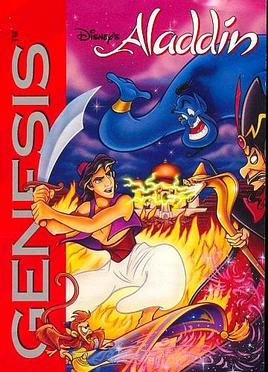
Disney's Aladdin is a platform game based on the 1992 film of the same name developed by Virgin Games USA. The game was released by Sega for the Sega Genesis on November 11, 1993 as one of several games based on the film, including another game that was released in the same month by Capcom for the Super NES.

The Lost Vikings is a puzzle-platform game developed by Silicon & Synapse and published by Interplay. It was originally released for the Super NES in 1993, then subsequently released for the Amiga, Amiga CD32, MS-DOS, and Mega Drive/Genesis systems; the Mega Drive/Genesis version contains five stages not present in any other version of the game, and can also be played by three players simultaneously. Blizzard re-released the game for the Game Boy Advance in 2003. In 2014, the game was added to Battle.net as a free download emulated through DOSBox. In celebration of the company's 30th anniversary, The Lost Vikings was re-released for Microsoft Windows, Nintendo Switch, PlayStation 4 and Xbox One as part of the Blizzard Arcade Collection in February 2021.

Road Rash is a 1991 racing and vehicular combat video game originally developed and published by Electronic Arts (EA) for the Sega Genesis. It was subsequently ported to a variety of contemporary systems by differing companies. The game is centered around a series of motorcycle races throughout California that the player must win to advance to higher-difficulty races, while engaging in unarmed and armed combat to hinder the other racers.

Micro Machines is a racing game developed by Codemasters and originally published by Camerica for the Nintendo Entertainment System in 1991. Themed around Galoob's Micro Machines toys, players race in miniaturised toy vehicles around various environments. The game is the first installment in the Micro Machines video game series.



















